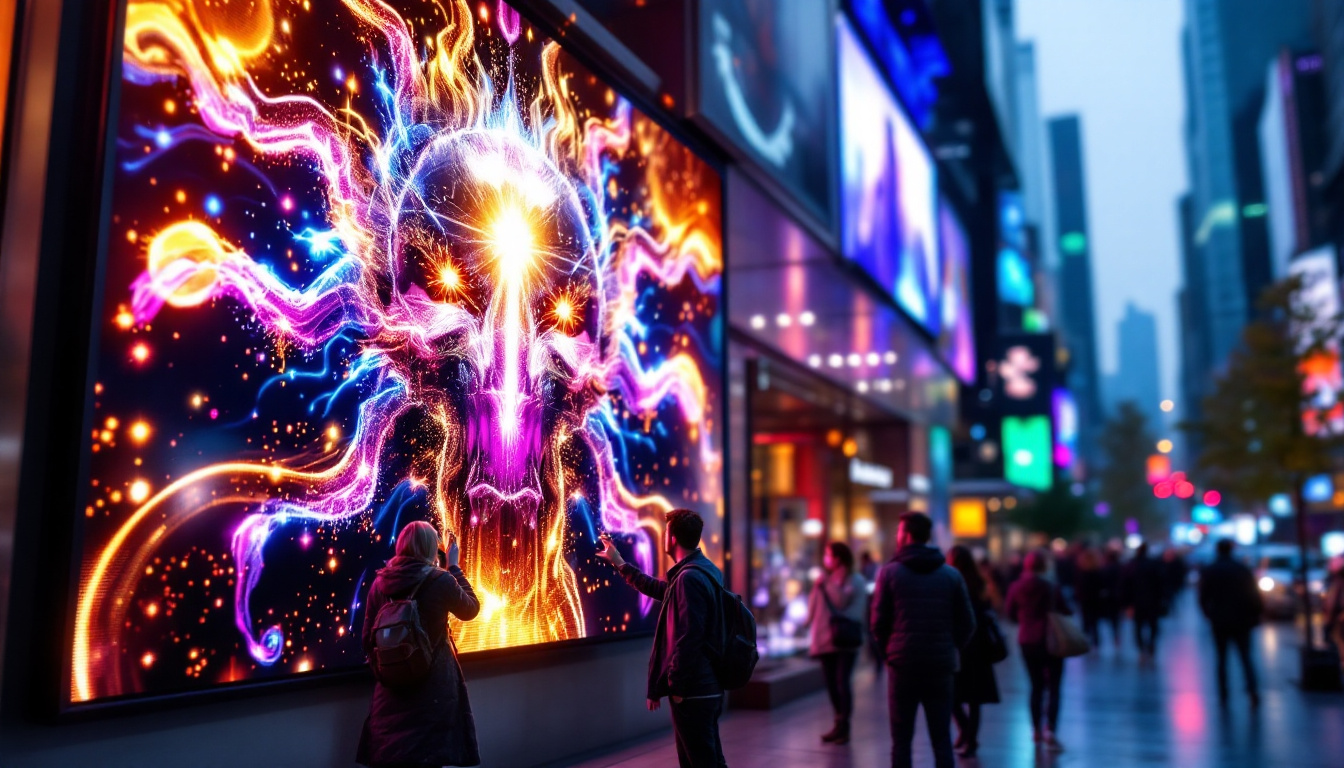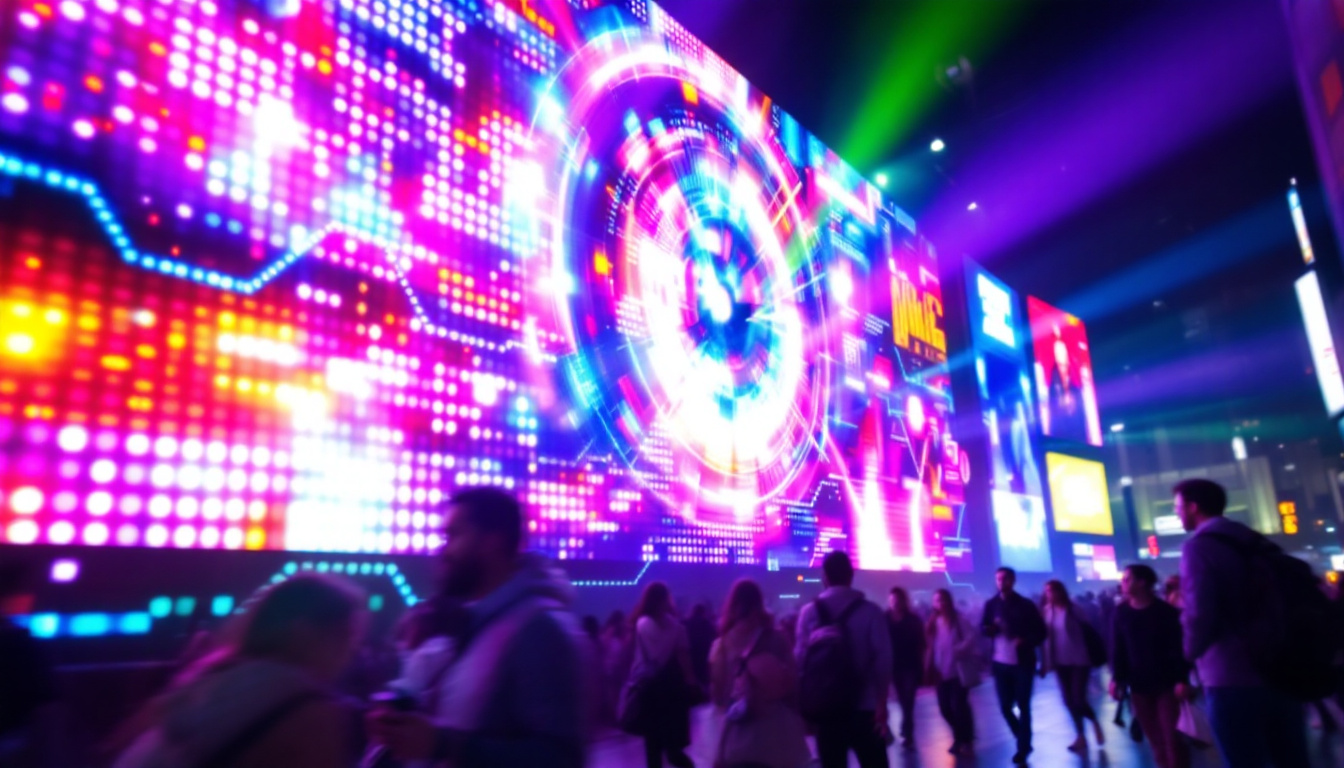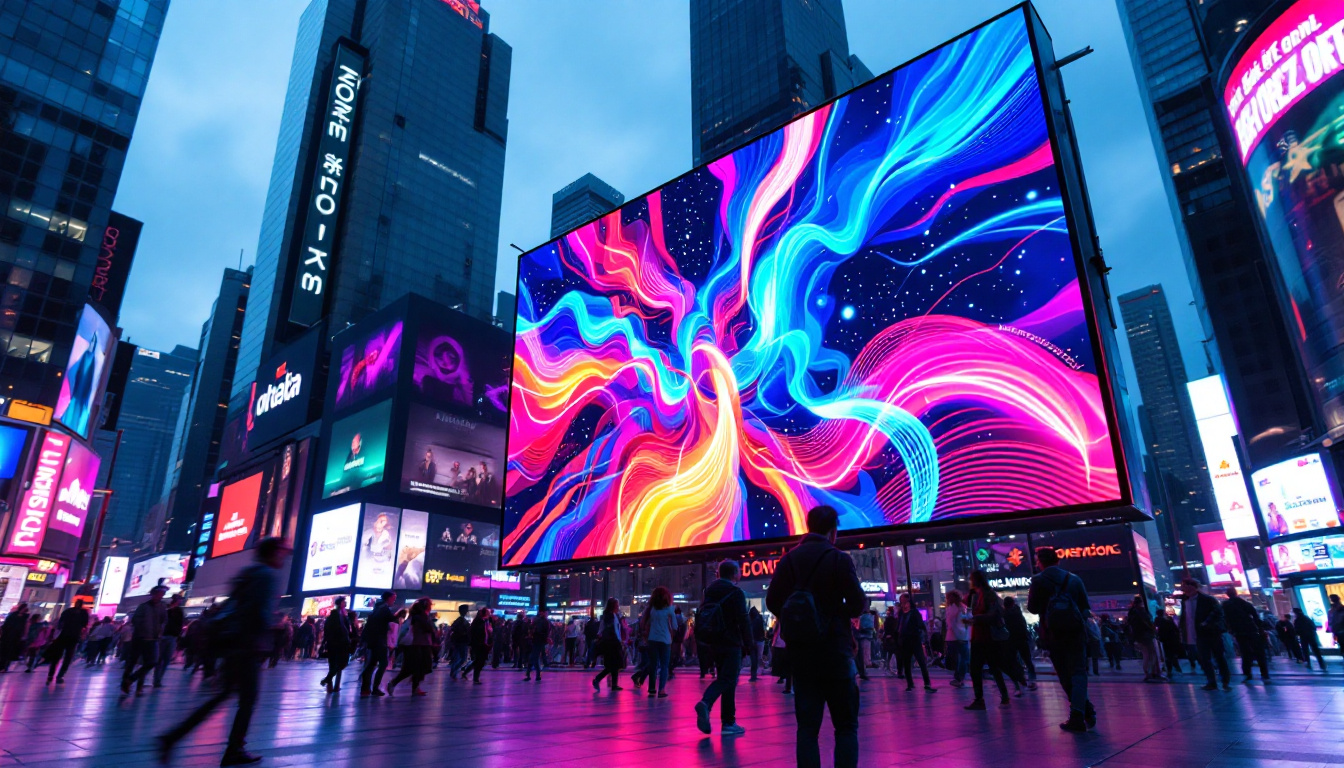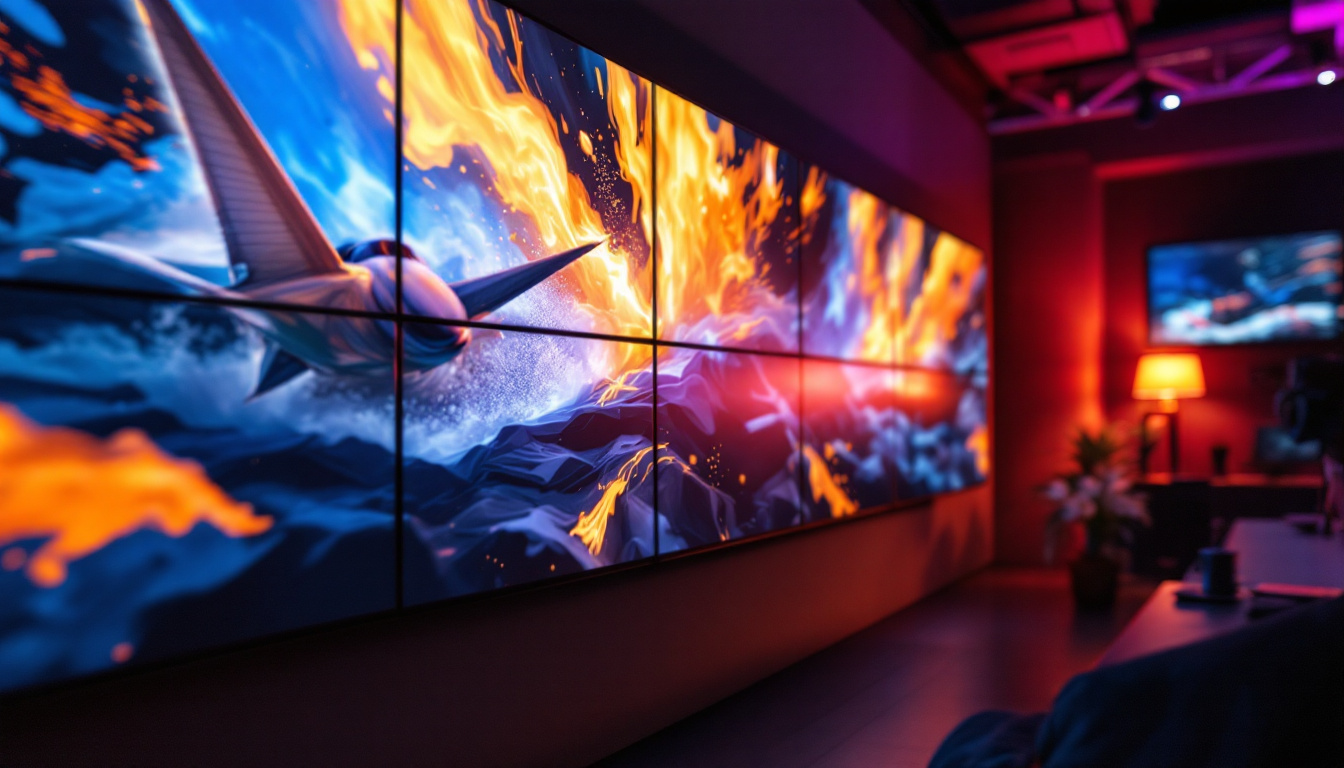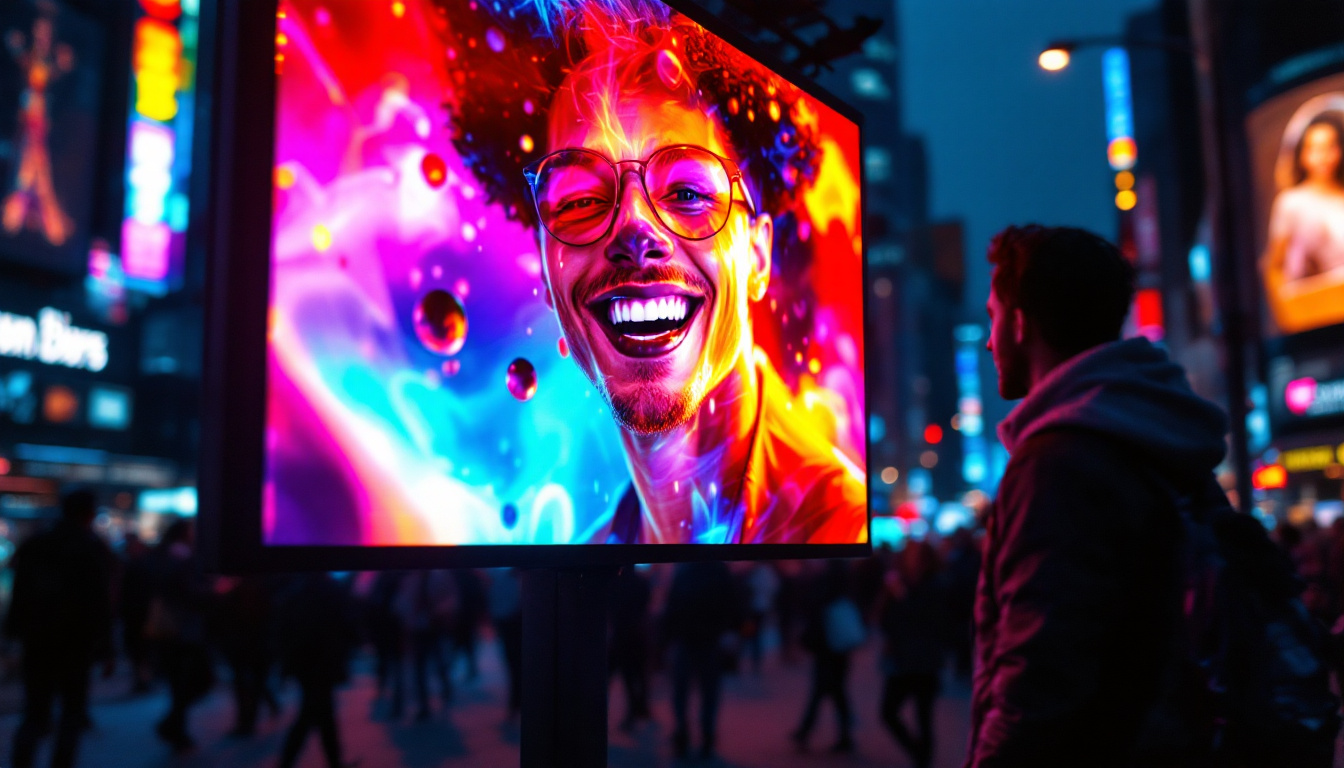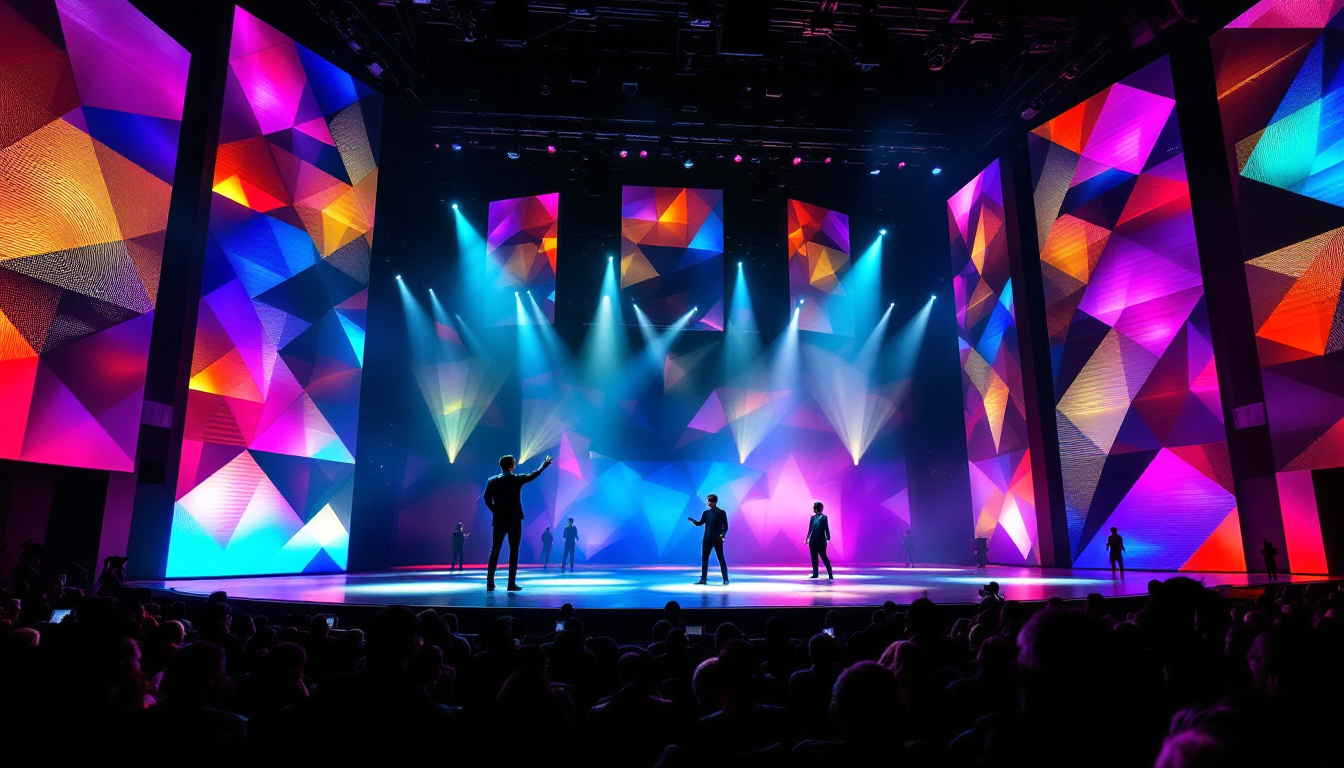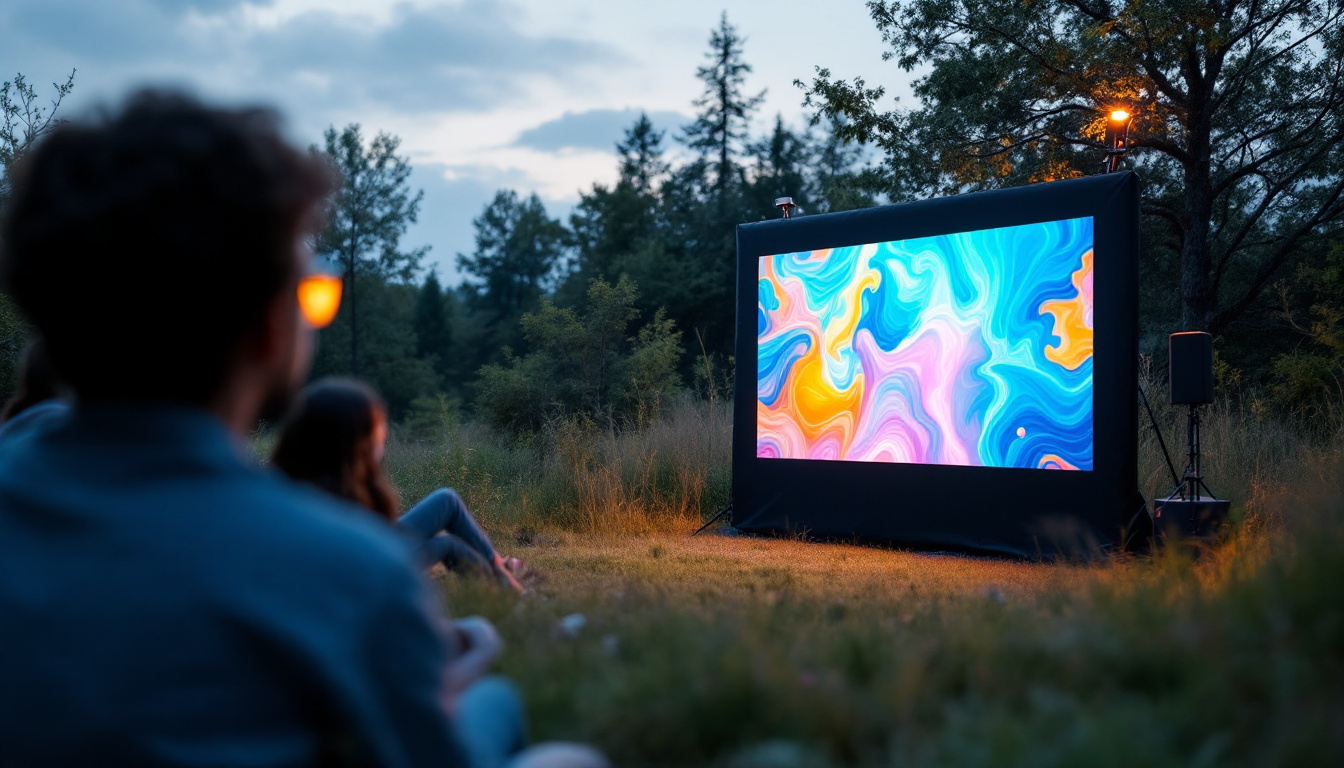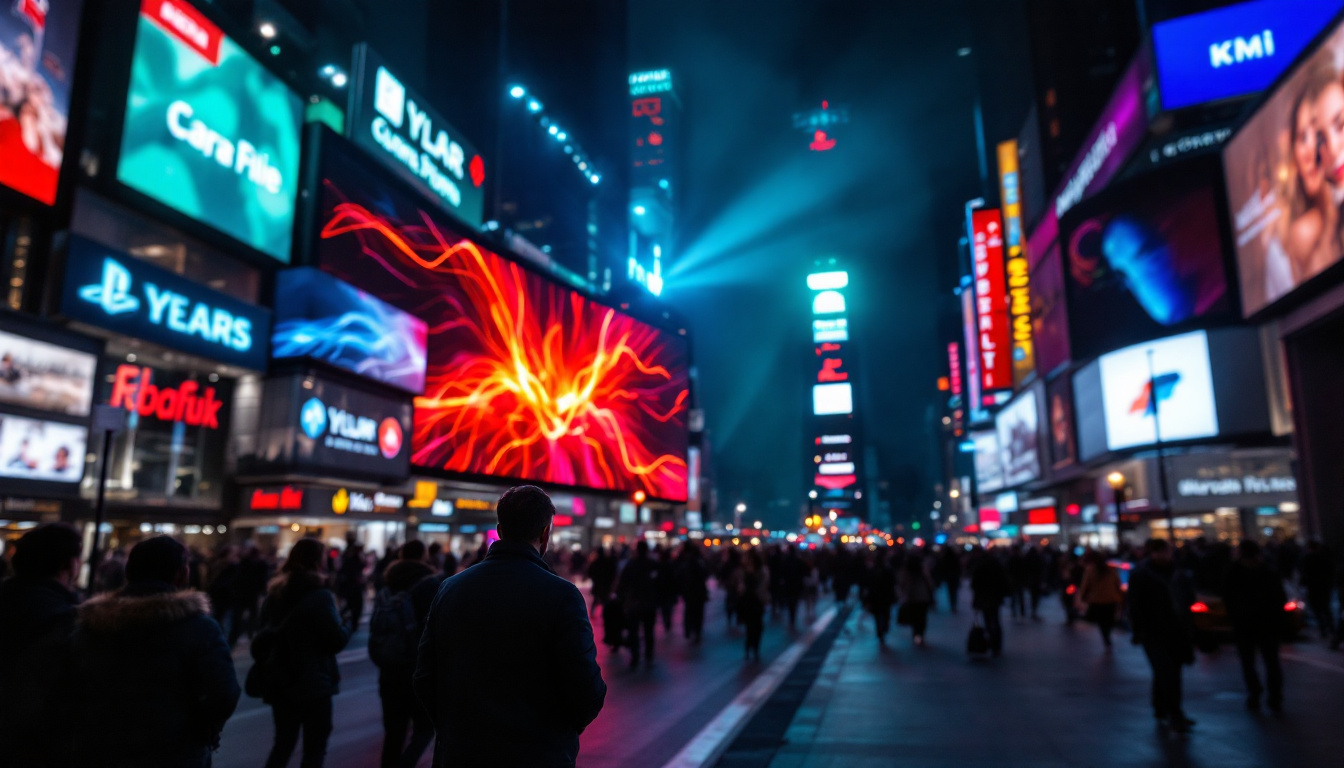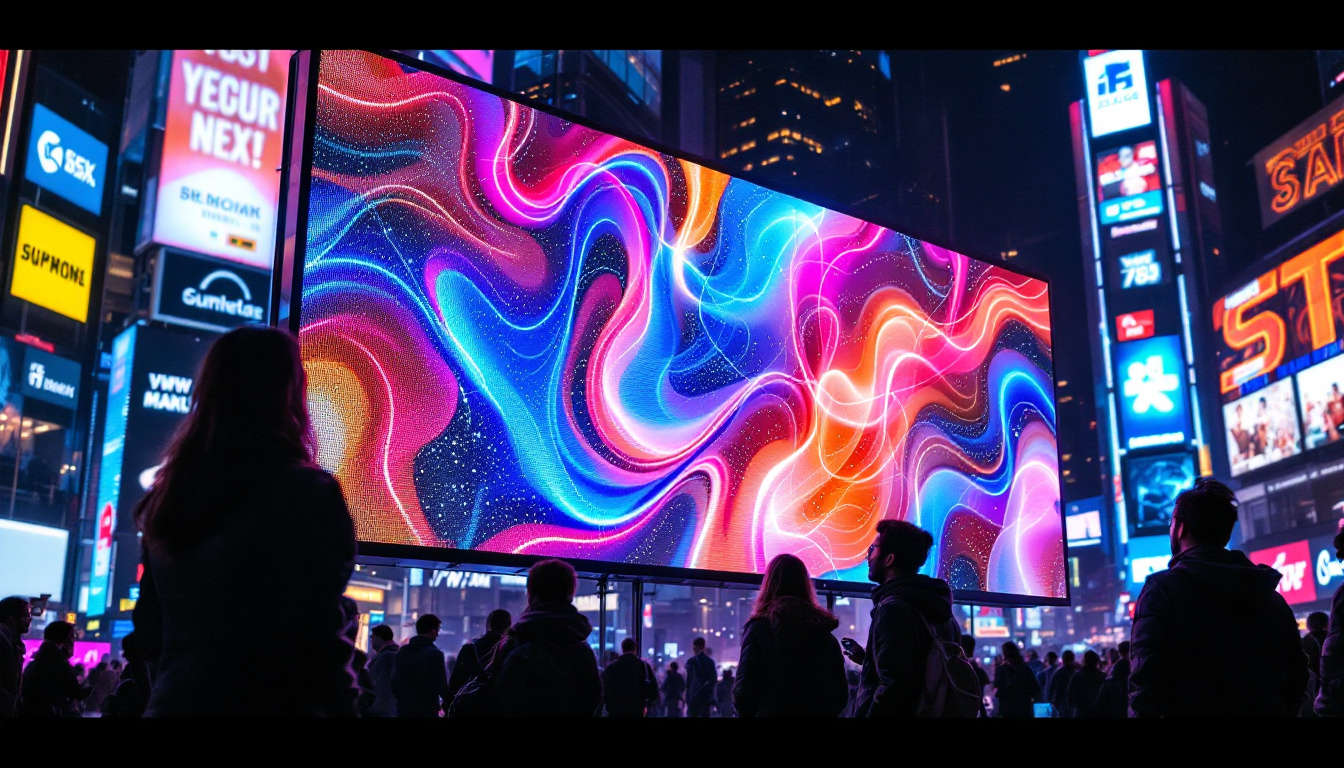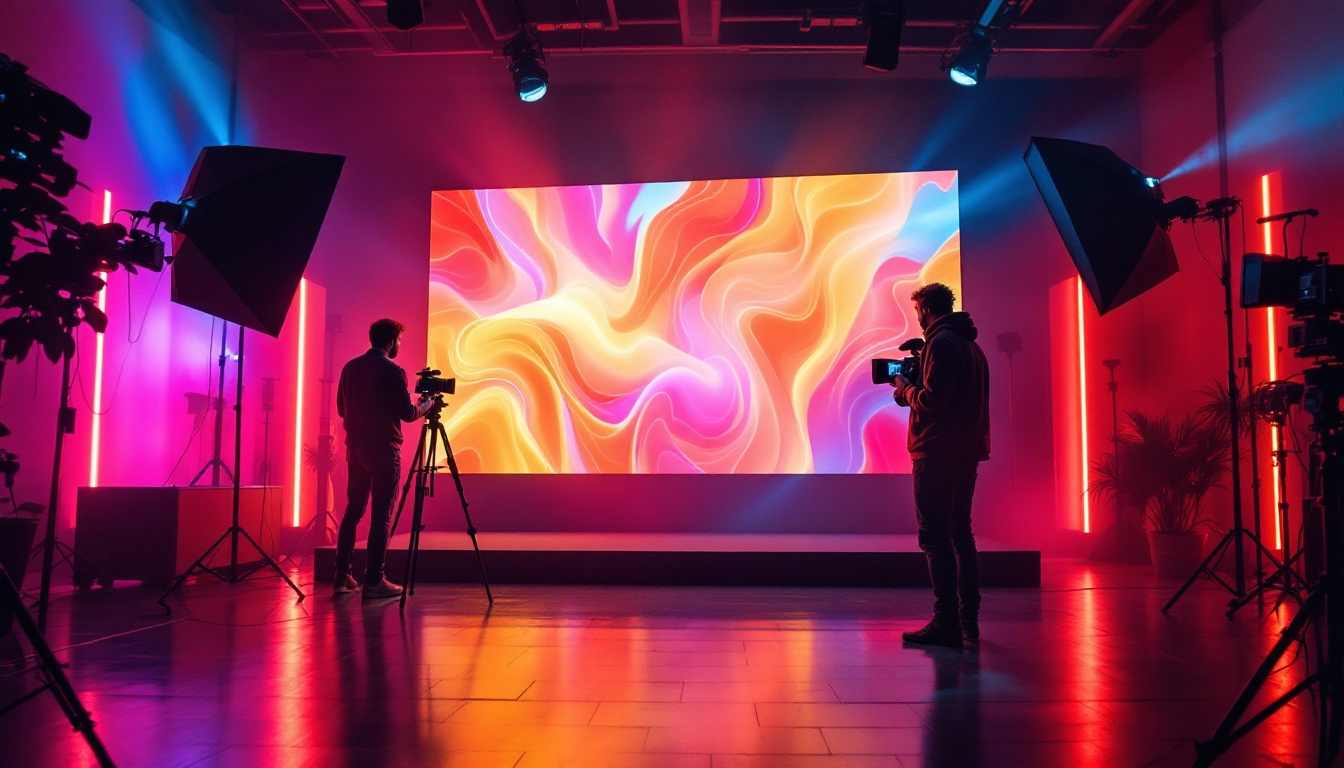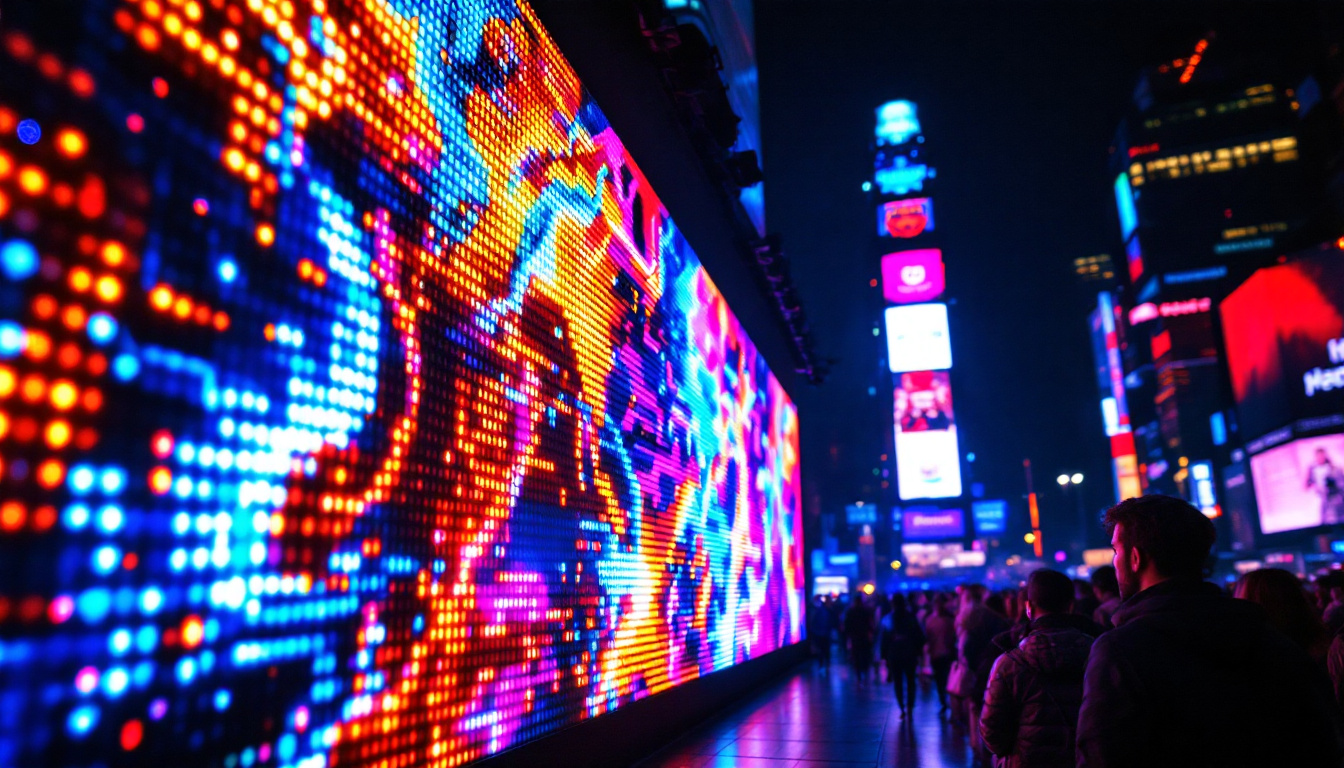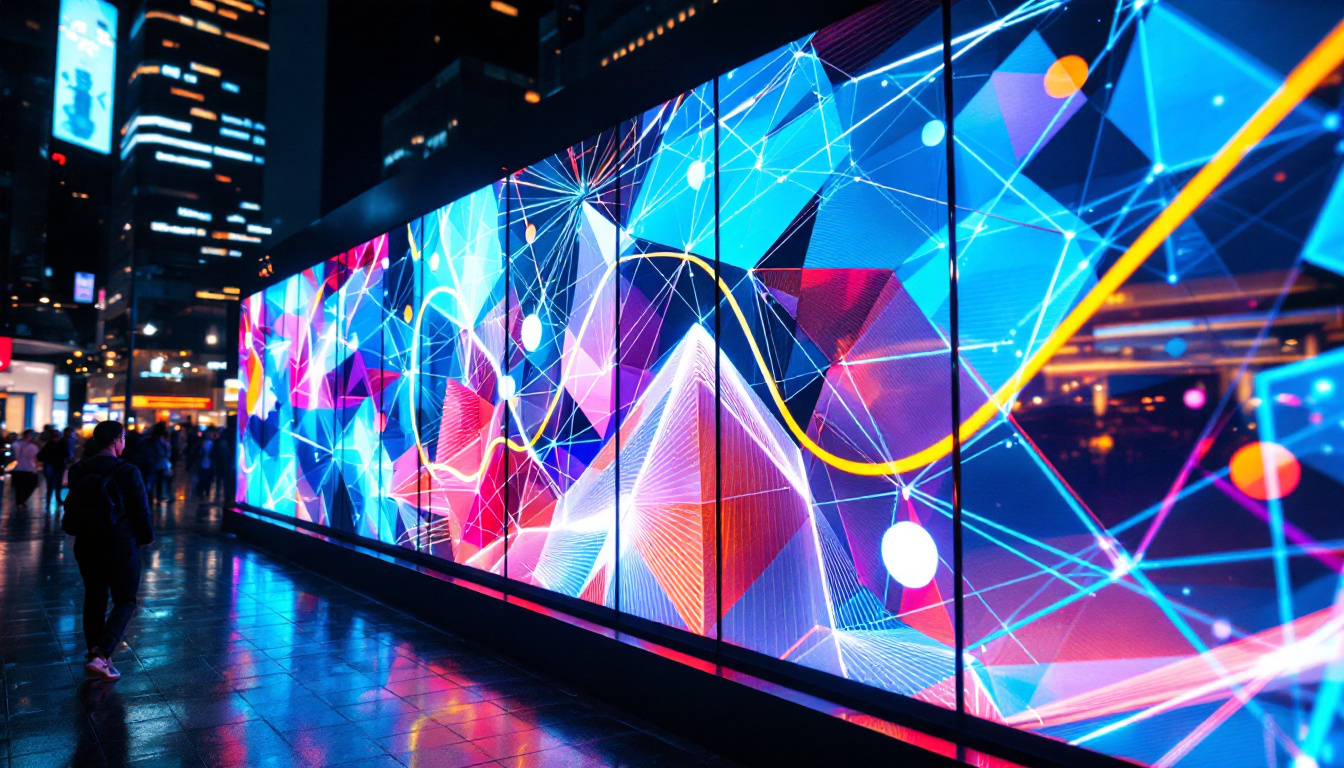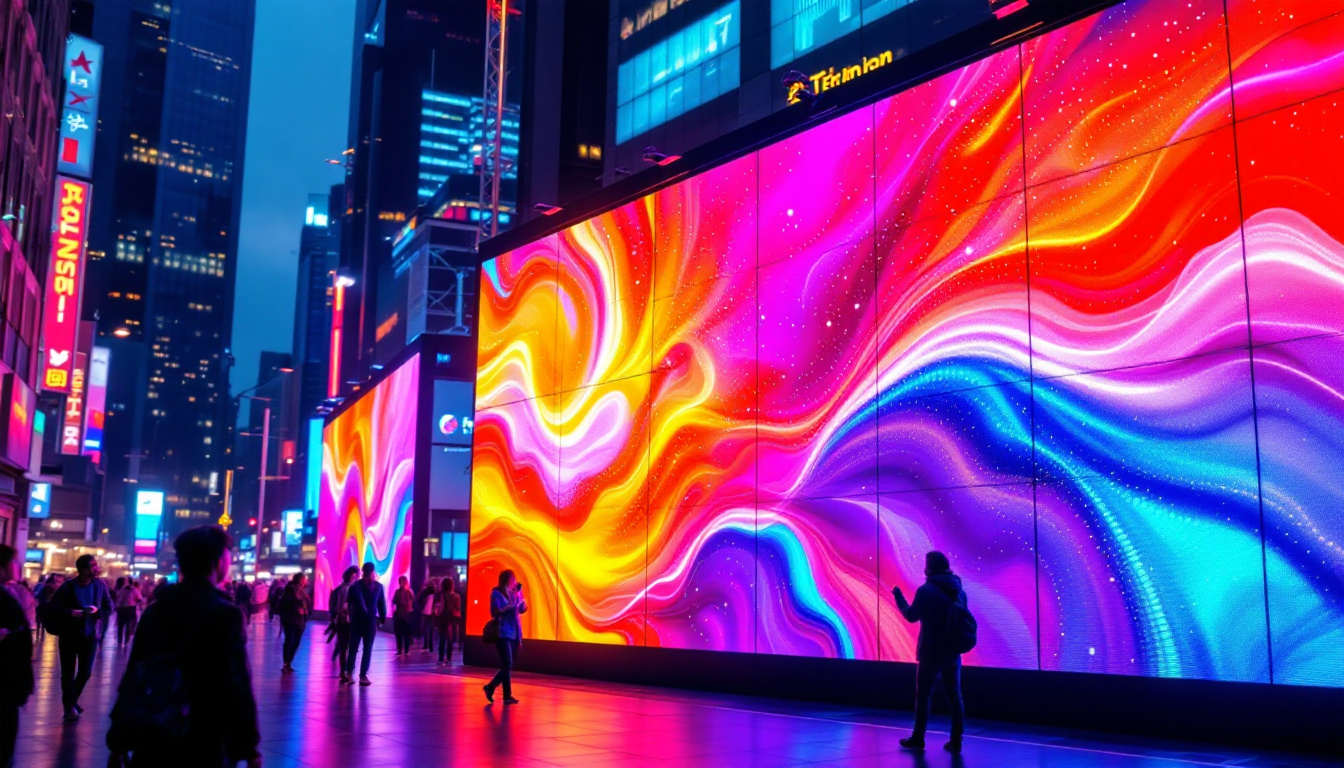In the ever-evolving landscape of advertising and information dissemination, digital LED signage has emerged as a powerful tool for businesses and organizations. This technology not only enhances visibility but also offers dynamic content capabilities that traditional signage simply cannot match. This article delves into the intricacies of digital LED signage and explores its various applications, benefits, and future trends.
Understanding LED Technology
Light Emitting Diodes (LEDs) are semiconductor devices that emit light when an electric current passes through them. This technology has revolutionized the way displays are created and utilized, particularly in the realm of signage. Unlike traditional incandescent or fluorescent lighting, LEDs are more efficient, longer-lasting, and capable of producing a wider range of colors. Their ability to operate at lower temperatures also reduces the risk of heat-related damage, making them safer for various applications.
How LEDs Work
At the core of LED technology are two types of semiconductor materials: n-type and p-type. When these materials are combined, they create a junction that allows electrons to flow, emitting light in the process. This process is known as electroluminescence. The color of the emitted light depends on the materials used in the semiconductor, allowing for a variety of hues to be produced. For instance, using gallium nitride can yield blue light, while gallium phosphide can produce green light, showcasing the versatility of LED technology in creating vibrant displays.
One of the key advantages of LEDs is their energy efficiency. They consume significantly less power than traditional lighting solutions, making them an environmentally friendly option. Additionally, their compact size allows for versatile designs, enabling the creation of large displays without the bulk associated with older technologies. This efficiency not only translates to lower energy bills for consumers but also contributes to reduced carbon emissions, aligning with global efforts to combat climate change.
Types of LED Displays
LED displays come in various types, each suited for different applications. The most common types include:
- Indoor LED Displays: These displays are designed for use in controlled environments, such as shopping malls, airports, and conference centers. They typically offer high resolution and vibrant colors, making them ideal for advertising and informational purposes. The ability to adjust brightness levels ensures that the displays remain visible even in brightly lit areas.
- Outdoor LED Displays: Built to withstand the elements, outdoor LED displays are larger and brighter than their indoor counterparts. They are often used for billboards, sports arenas, and public transportation stations. These displays are engineered to be weather-resistant and can maintain visibility in direct sunlight, making them a popular choice for high-traffic areas.
- Transparent LED Displays: These innovative displays allow for visibility through the screen, making them perfect for retail environments where maintaining a view of the products behind the display is essential. This technology not only enhances the aesthetic appeal of storefronts but also creates interactive advertising opportunities, engaging customers in new and exciting ways.
In addition to these types, there are also flexible LED displays that can be bent and shaped to fit unconventional spaces, opening up new possibilities for creative installations. With advancements in technology, the resolution and refresh rates of LED displays continue to improve, making them suitable for high-definition video content and live broadcasts. As the demand for visually striking and dynamic displays grows, LED technology is poised to play an even more significant role in the future of visual communication.
Benefits of Digital LED Signage
The adoption of digital LED signage offers numerous advantages that can significantly enhance a business’s marketing efforts. From increased visibility to real-time content updates, the benefits are compelling.
Enhanced Visibility
One of the primary benefits of digital LED signage is its ability to capture attention. The bright, vibrant colors and dynamic content can easily stand out in crowded environments. This visibility is crucial for businesses looking to attract foot traffic and engage potential customers.
Moreover, outdoor LED displays can be seen from considerable distances, making them ideal for high-traffic areas. The ability to display animated graphics and videos further enhances their appeal, drawing the eyes of passersby and encouraging them to stop and take notice.
Dynamic Content Management
Unlike traditional signage, which requires physical changes to update content, digital LED signage allows for real-time updates. Businesses can modify their messages instantly, tailoring their content to suit different times of day, special events, or promotional campaigns. This flexibility enables more effective communication and can lead to increased customer engagement.
Content can also be scheduled in advance, allowing for automated updates that align with marketing strategies. For instance, a restaurant can display breakfast specials in the morning and switch to dinner promotions in the evening without any manual intervention.
Cost-Effectiveness
While the initial investment in digital LED signage may be higher than traditional signage, the long-term cost savings are significant. The energy efficiency of LED technology reduces electricity costs, while the durability of LED displays minimizes maintenance and replacement expenses.
Furthermore, the ability to change content without incurring printing costs means that businesses can save money on materials over time. This financial efficiency makes digital LED signage a smart investment for many organizations.
Applications of Digital LED Signage
The versatility of digital LED signage allows it to be utilized across various industries and settings. From retail to transportation, its applications are vast and impactful.
Retail Environments
In retail, digital LED signage plays a crucial role in enhancing the customer experience. It can be used to showcase promotions, highlight new products, and provide information about sales events. By displaying eye-catching visuals and engaging content, retailers can effectively draw customers into their stores.
Additionally, interactive LED displays can enhance customer engagement by allowing shoppers to browse products or access information through touch screens. This not only improves the shopping experience but also encourages longer dwell times within the store.
Transportation Hubs
Airports, train stations, and bus terminals utilize digital LED signage to provide real-time information to travelers. Flight schedules, delays, and gate changes can be displayed instantly, ensuring that passengers are kept informed. The clarity and visibility of LED displays make them ideal for high-traffic areas where quick communication is essential.
Moreover, advertising opportunities within transportation hubs can be lucrative. Digital signage can display targeted ads to travelers, creating additional revenue streams for the facilities.
Corporate Communication
Businesses are increasingly using digital LED signage for internal communication. In office environments, these displays can be used to share important announcements, employee recognition, and company news. This fosters a sense of community and keeps employees informed and engaged.
Furthermore, digital signage can enhance presentations during meetings and conferences. By integrating multimedia elements, companies can create more impactful presentations that resonate with their audience.
Challenges and Considerations
While digital LED signage offers numerous benefits, there are also challenges and considerations that businesses must take into account before implementation.
Initial Investment
The upfront cost of digital LED signage can be a significant barrier for some businesses. High-quality displays, installation, and ongoing maintenance can add up quickly. However, it is essential to view this as a long-term investment rather than a short-term expense.
Conducting a thorough cost-benefit analysis can help organizations determine the potential return on investment. By assessing the impact of enhanced visibility and dynamic content on customer engagement, businesses can make informed decisions about their signage strategies.
Content Management
Managing content on digital LED displays requires a strategic approach. Businesses must ensure that their messages are clear, concise, and relevant to their target audience. Poorly designed content can lead to confusion or disengagement, negating the benefits of the signage.
Investing in content management systems and training staff to create effective visuals can help mitigate this challenge. Regularly updating content and analyzing its performance can also lead to continuous improvement in communication strategies.
The Future of Digital LED Signage
The future of digital LED signage is promising, with advancements in technology and increasing adoption across various sectors. As businesses continue to seek innovative ways to engage customers, LED displays will play a central role in shaping the landscape of advertising and communication.
Integration with Smart Technology
As smart technology becomes more prevalent, the integration of LED signage with IoT (Internet of Things) devices is on the rise. This integration allows for real-time data analysis and content customization based on audience behavior and preferences.
For instance, a retail store could use data from customer foot traffic to adjust its signage content dynamically, ensuring that the most relevant promotions are displayed at peak times. This level of customization can significantly enhance customer engagement and drive sales.
Sustainability Initiatives
With increasing awareness of environmental issues, businesses are prioritizing sustainability in their operations. Digital LED signage aligns well with these initiatives due to its energy efficiency and long lifespan. As technology continues to advance, manufacturers are likely to focus on creating even more sustainable solutions, further enhancing the appeal of LED displays.
Conclusion
Digital LED signage has transformed the way businesses communicate with their audiences. Its ability to capture attention, deliver dynamic content, and provide real-time updates makes it an invaluable tool in the modern marketing landscape. As technology continues to evolve, the potential applications and benefits of digital LED signage will only expand, paving the way for innovative solutions that enhance customer engagement and drive business success.
In a world where first impressions matter, investing in digital LED signage can set a business apart from its competitors. By embracing this technology, organizations can not only improve visibility and communication but also create memorable experiences that resonate with their target audience.
Discover LumenMatrix’s Innovative LED Solutions
Ready to elevate your brand’s presence and captivate your audience with the latest in LED display technology? Look no further than LumenMatrix. Our comprehensive range of solutions, from Indoor and Outdoor LED Wall Displays to specialized options like Vehicle, Sports, and Floor LED Displays, is designed to meet your unique needs. Embrace the future of visual communication with our Custom, All-in-One, and Transparent LED Displays, and make a lasting impression. Check out LumenMatrix LED Display Solutions today and transform your messaging into unforgettable visual experiences.

